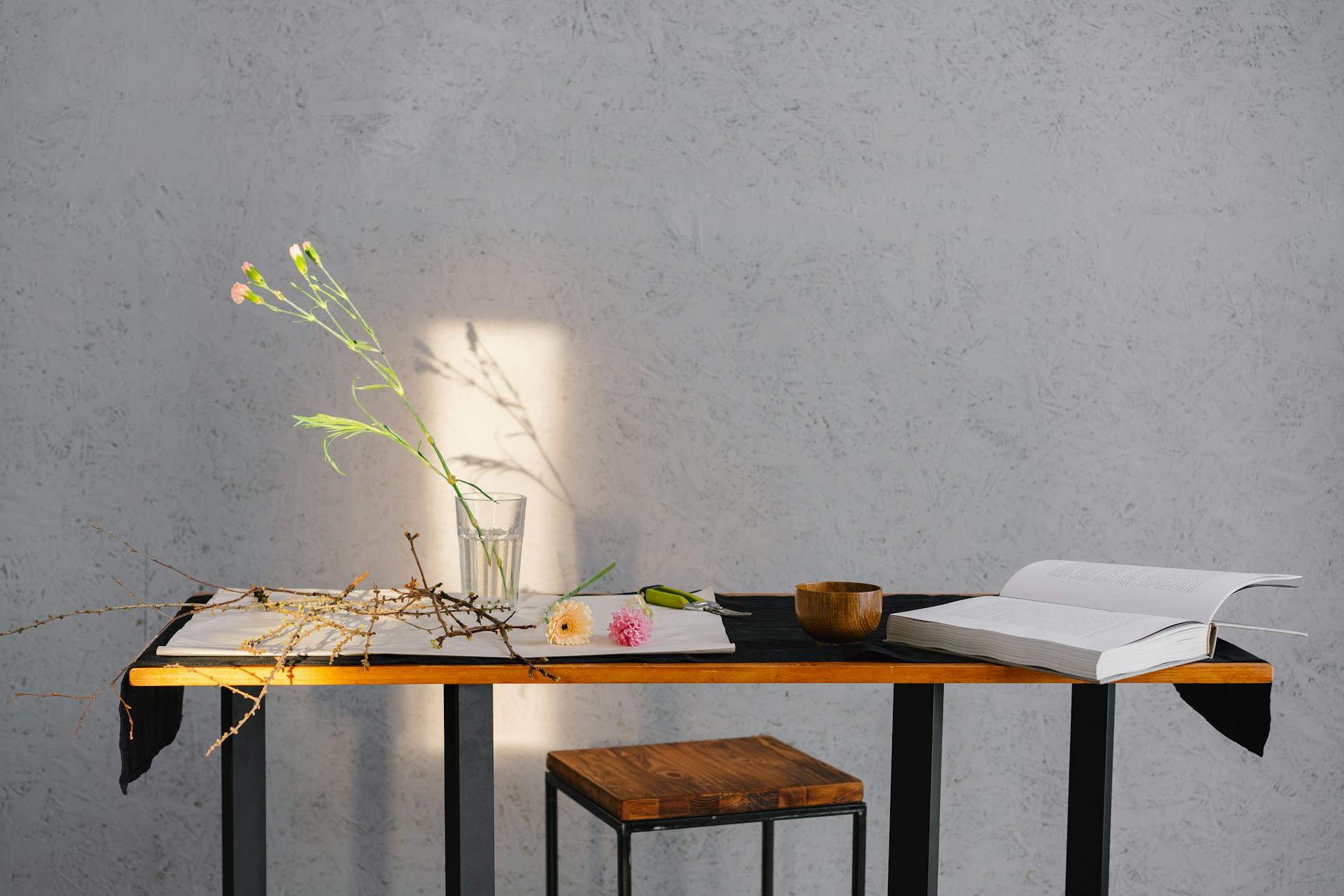What is creative time management?

What is Creative Time Management?
Creative time management is not just about organizing tasks or sticking to a rigid schedule. It’s a flexible approach that emphasizes creativity and adaptability in how we allocate our time. In today’s fast-paced world, where distractions are everywhere and inspiration can strike at any moment, managing your time creatively can enhance productivity and create a meaningful work-life balance.
Think about it: Have you ever found yourself staring at a blank screen, waiting for inspiration to strike? Or perhaps you’ve been stuck in a never-ending cycle of meetings and emails, feeling like you’re getting nowhere? Creative time management empowers you to break free from these constraints and engage in your work more fully.
Understanding Creative Time Management
Defining Creative Time Management
At its core, creative time management is about recognizing that time isn’t a strict line to follow, but rather a canvas to paint on. It involves experimenting with different strategies that cater to your unique working style and needs. The principles of creative time management include flexibility, prioritization of tasks that inspire you, and allowing for spontaneity in your schedule.
Traditional vs. Creative Time Management
Traditional time management often leans towards structure and rigidity—think to-do lists, strict schedules, and time blocks that leave little room for deviation. While these methods can be effective, they may stifle creativity and lead to burnout. On the other hand, creative time management prioritizes your creative flow and promotes an environment where ideas can flourish. For example, rather than sticking to a rigid routine, you might allow yourself to shift tasks based on your energy levels or creative urges.
Techniques for Implementing Creative Time Management
The Pomodoro Technique
One effective method to incorporate creativity into your time management is the Pomodoro Technique. This involves working in bursts of focused activity for 25 minutes, followed by a 5-minute break. The key here is to use your breaks creatively. Instead of scrolling through social media, you might doodle, brainstorm new ideas, or simply take a walk to refresh your mind. This technique allows for focused work while still acknowledging the importance of breaks for creativity.
Time Blocking with Flexibility
Time blocking is another popular method that involves scheduling specific blocks of time for different activities. However, to practice creative time management, you can introduce flexibility into this approach. For example, set aside a block for “creative work,” but allow yourself the freedom to switch tasks if you find yourself stuck. This way, you can adapt your schedule to fit your creative flow rather than forcing yourself through a predetermined path.
Mind Mapping for Task Management
Mind mapping is a fantastic tool for organizing thoughts and tasks visually. This technique allows you to brainstorm ideas freely and connect them in a way that makes sense to you. By creating a visual representation of your tasks, you can identify relationships between them and prioritize your work more creatively. This approach can lead to deeper insights and innovative solutions that might not surface through traditional lists.

Photo by Mikhail Nilov
Benefits of Creative Time Management
Enhanced Productivity
When you allow creativity to guide your time management, you often find that your productivity increases. By engaging in tasks that excite you and allowing for flexibility, you can maintain higher levels of motivation and focus. This approach can lead to quicker completion of tasks and a greater sense of accomplishment.
Improved Work-Life Balance
Creative time management is also about creating harmony between your professional and personal life. By prioritizing tasks that align with your values and interests, you can create a more fulfilling routine. This flexibility allows you to enjoy your life outside of work, reducing stress and enhancing overall well-being.
Fostering Creativity and Innovation
When you adopt a creative approach to time management, you inherently nurture your creativity. This environment encourages innovative thinking and problem-solving, making it easier to generate fresh ideas. Embracing spontaneity and allowing for exploration can lead to breakthroughs that rigid structures simply can’t provide.
Challenges in Creative Time Management
Overcoming Resistance to Change
Adopting creative time management strategies might meet resistance, especially if you’re used to traditional methods. Start small by integrating one or two techniques into your routine. Over time, you’ll likely find your comfort zone expanding. Remember, change is often uncomfortable, but it can lead to significant growth.
Maintaining Focus in a Flexible Schedule
One potential downside of a flexible schedule is the risk of losing focus. To mitigate this, establish clear boundaries for your creative time. For instance, designate specific hours for brainstorming and experimentation, while also reserving time for deep work and focus. This balance will help you stay productive while enjoying the creative process.
Conclusion and Call to Action
Creative time management is about more than just fitting tasks into your day; it’s about creating a fulfilling and productive work environment that nurtures your creativity. By implementing techniques like the Pomodoro Technique, flexible time blocking, and mind mapping, you can boost your productivity and enhance your work-life balance.
Now it’s time for you to take action. Explore creative time management in your own life. What techniques resonate with you? Start experimenting today, and watch your productivity and creativity soar!